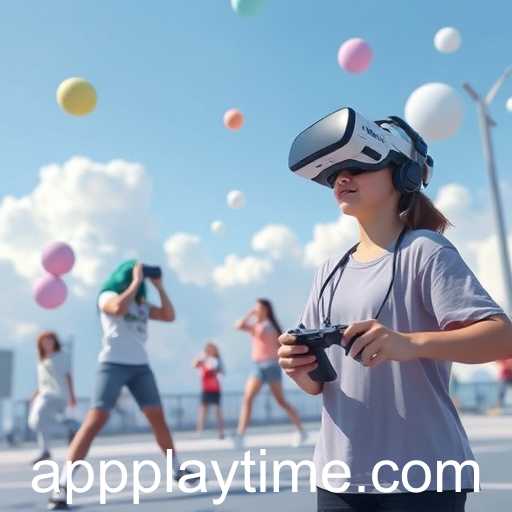In an era where technology continuously reshapes our daily lives, the gaming industry stands at the forefront of innovation. This year, significant advancements in virtual reality (VR) and augmented reality (AR) have redefined the concept of 'playtime,' promising an immersive experience like never before.
With major tech companies investing heavily in VR, we've seen a surge of new devices entering the market, offering gamers a more engaging and realistic interaction with their virtual worlds. Recent reports indicate that the global VR gaming industry is set to exceed $90 billion, with new titles being developed specifically for these platforms catering to a growing demand.
However, AR is not to be overshadowed, as it bridges the gap between virtual experiences and the real world. One notable innovation this year was the release of a popular AR game that overlays game mechanics onto real-world settings, encouraging players to explore their surroundings while accomplishing game-related tasks. This development has prompted discussions on how gaming can promote physical activity and social interaction.
The dynamics of gaming also entail a transformation in the way players engage with their gaming communities. With online platforms and streaming services, players are not just consumers but active participants, sharing experiences and contributing to the evolution of gaming culture.
Commentary from industry analysts highlights the growing emphasis on inclusivity in game design, with companies striving to create environments that appeal to diverse audiences. This shift reflects a broader trend toward personalized experiences in digital entertainment, meeting the desires and preferences of a new age of gamers.
As we continue to embrace technology's role in shaping play, the term 'playtime' evolves, encapsulating more than just traditional games. It represents a new frontier of possibilities where innovation and creativity converge, paving the way for a gaming ecosystem that is both expansive and inclusive.








